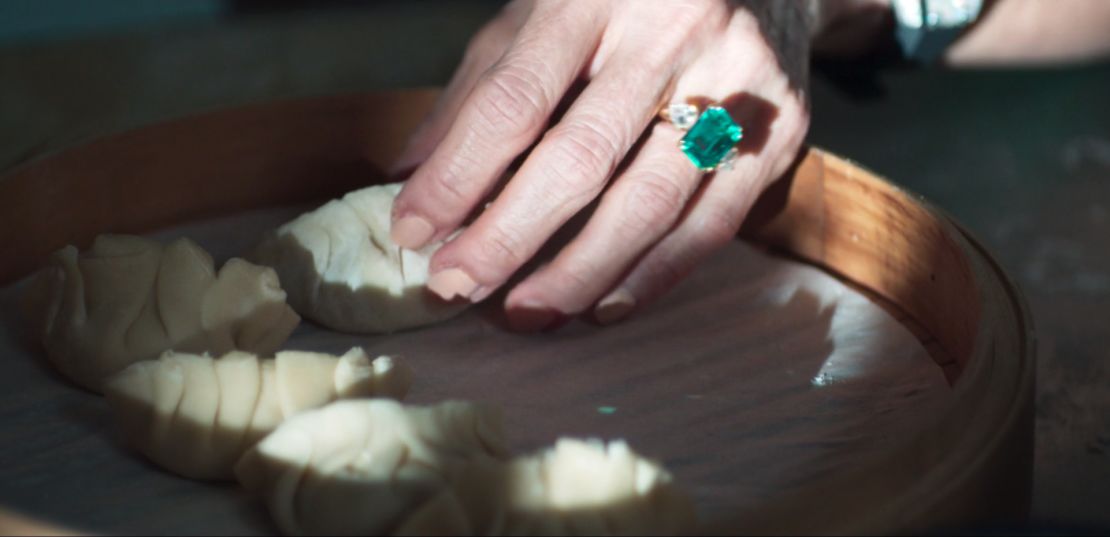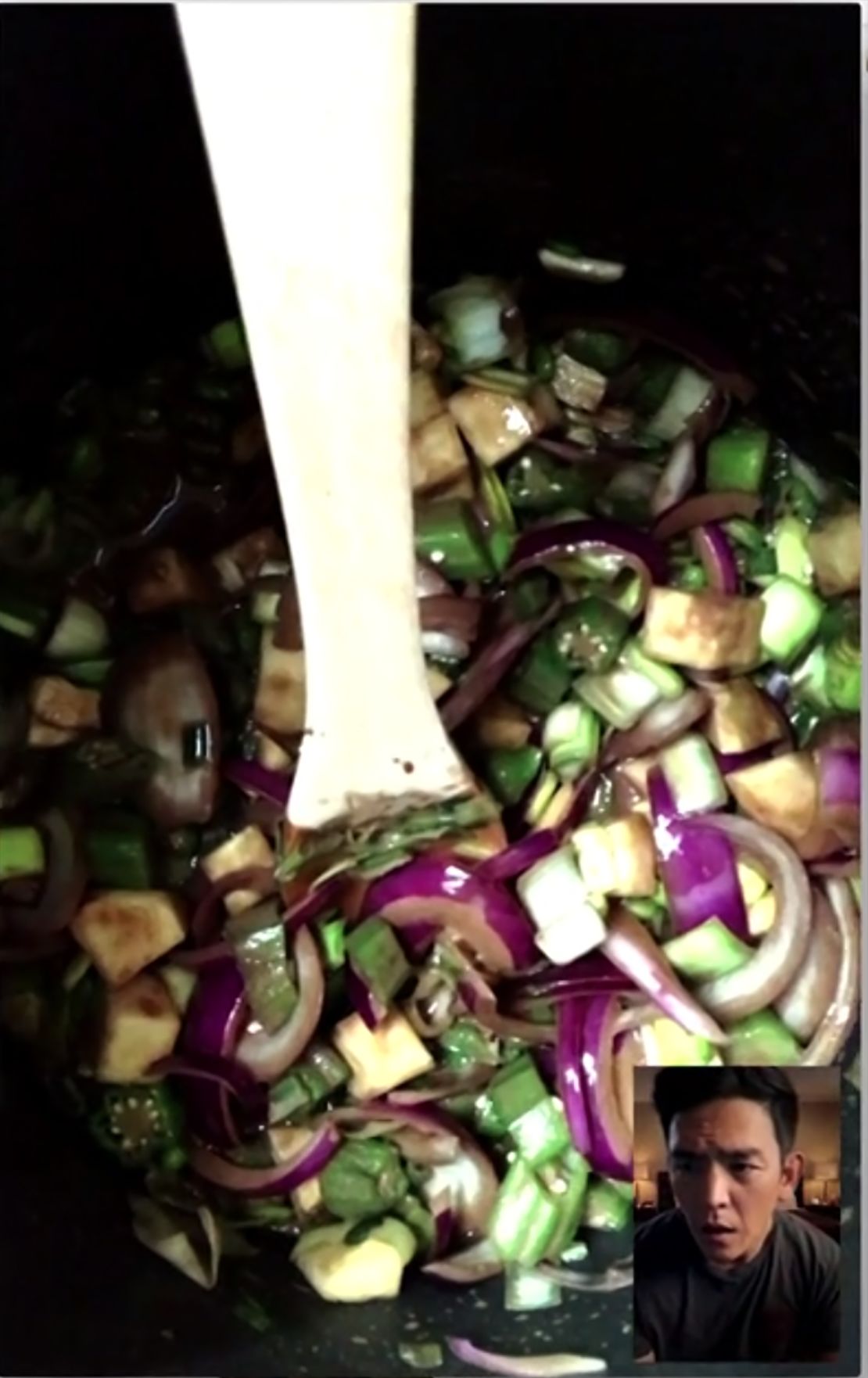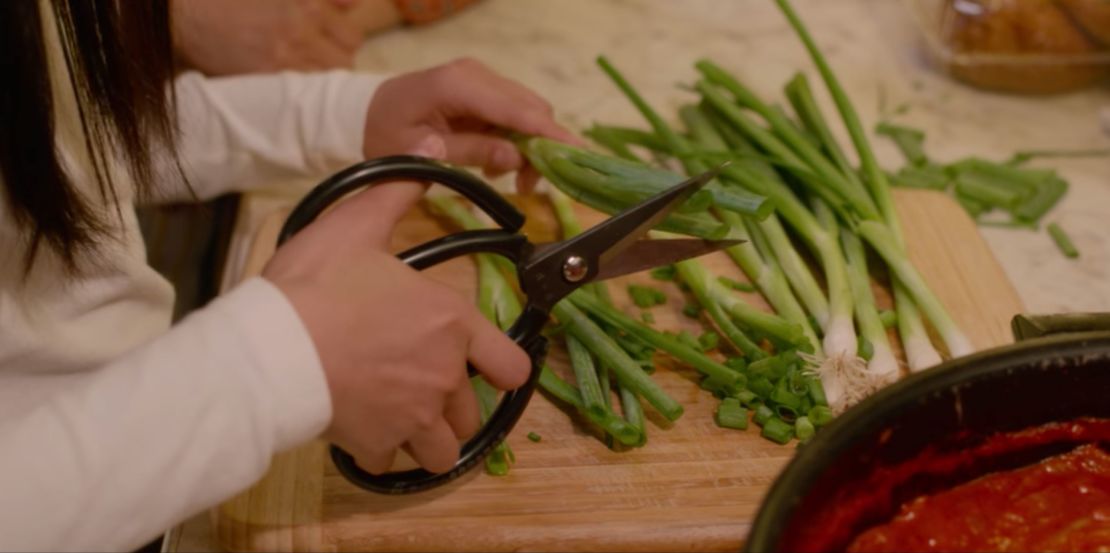Editor’s Note: Jeff Yang is a frequent contributor to CNN Opinion, a featured writer for Quartz and other publications, and the co-host of the podcast “They Call Us Bruce.” He co-wrote Jackie Chan’s best-selling autobiography, “I Am Jackie Chan” and is the editor of three graphic novels: “Secret Identities,” “Shattered” and the forthcoming “New Frontiers.” The opinions expressed in this commentary are his. Read more opinion articles on CNN.
It used to be common for Asian Americans in Hollywood to joke about the “rule of one” – the unwritten law that historically seemed to limit every ensemble cast to just one Asian actor; all of network TV to just one Asian TV show; every film season to just one Asian movie. But over the past 12 months, we’ve seen a remarkable string of critically acclaimed and commercially successful movies created by and starring Asian Americans, beginning with “Crazy Rich Asians,” continuing with “To All the Boys I’ve Loved Before” and “Searching” – and now hitting a new gear with Netflix’s delightful new Ali Wong/Randall Park comedy, “Always Be My Maybe.”

The luxury of having this run of films come out in such close proximity is that they’ve shown us the many contrasting ways that Asian American stories can be told. Three of them – “Crazy,” “To All the Boys” and “Always” – are rom-coms, but each explores love in a wildly different setting, with protagonists of varied ages and backgrounds. Three of them – “Searching,” “To All the Boys” and “Always” – focus on families forging ahead after the untimely death of a mother, but the circumstances of their bereavement and the coping mechanisms each protagonist engages in are singular and distinct. Now that the “rule of one” is being broken in earnest, we’ve finally arrived at a moment where everyone can see the amazing diversity within Asian American communities.
That’s not to say there aren’t subtle similarities that link our tales together: The persistent tension between duty and aspiration. The simultaneous need to forge identities apart from our parents, and to also win their approval. The deep well of historical and familial sacrifice and loss that can splash melancholy across even the most joyous of present-day moments.

These films have given audiences an immersion into the way these themes weave across all of our diverse Asian American experiences. And they’ve done so, perhaps unsurprisingly, in part by using one of the most universal and accessible languages of all: food.
Food is what brings many Asian families together and helps us express feelings that can’t be said out loud. Food is a repository of tradition and memory, allowing us to confirm our connection to the past and commemorate those who’ve gone on before us. Food is at the center of the smallest and biggest of celebrations, from reunions and homecomings to weddings and holiday festivities.

In “Crazy Rich Asians,” romantic lead Nick Young’s homecoming is celebrated first by his friends at a glorious street-food center, and then at the family mansion with a gigantic feast. Later in the film, one of the most memorable and pivotal scenes centers on the Young family’s gathering around a grand table for communal dumpling-making.
Matriarch Eleanor, played by Michelle Yeoh, explains to newcomer Rachel (Constance Wu) that this is a ritual that reminds the wealthy family of what they owe to prior generations, and of their simpler and poorer past.

In “Searching,” the hit thriller starring John Cho as a father seeking his mysteriously missing daughter, his late wife’s kimchi gumbo serves as a symbol of her absence; it’s something he has refused to cook since her death, stark evidence of his inability to acknowledge and move on from his loss. The recipe for the dish ends up being a key clue to the backstory of his daughter Margot’s disappearance.
In “To All the Boys I’ve Loved Before,” the Netflix rom-com that became a runaway young-adult hit, Lara Jean’s father (played by John Corbett) attempts and fails to cook his daughters a favorite Korean dish from their mother’s recipe; the rock-hard roast pork he serves is played for laughs, but it highlights the gaps that her passing has left in their lives, both familial and cultural, and ways that these have left Lana Condor’s Lara Jean feeling unmoored and isolated from the world.

But the use of food as a stand-in for love, belonging and especially identity and perspective is particularly poignant in “Always Be My Maybe,” in which co-writer Ali Wong’s character, chef Sasha Tran, grows up as a latchkey kid, forced to prepare her own snacks of Spam on rice. She ultimately finds connection to the family of her neighbor (and first crush) Marcus (played by Randall Park) through the comforting Korean cuisine made by his mother. But after experiencing her death and Marcus’s guilt-induced rejection, Sasha seeks out a very different kind of cuisine: Asian fusion fare that she defines as “transcendent” and “transdenominational.”
The food she creates appropriates the elements of Asian culture to feed non-Asian consumers, divorcing it from its diverse roots and its ties to a wide-spanning community in the service of her personal ambitions as a Food & Wine-awarded up-and-coming superstar.

It’s the rule of one, playing out in culinary terms – elevating a flattened, synthesized view of Asian identity and a single celebrated cultural expression as a stand-in for a much vaster spectrum of perspectives.
In the course of the movie, Sasha finds the confidence to unleash her suppressed history; to share in telling other people’s stories; to elevate and celebrate points of view that aren’t her own. While her prior spots are shown to be upscale celebrations of Sasha’s own genius, with icy, forbidding gatekeepers and a mostly white clientele, the restaurant she opens at the end of the movie, Judy’s Way, is a commemoration of Marcus’s late mother — welcoming, diverse, open to all and focused on revealing culture and creativity that might otherwise be overlooked, lost and forgotten.
Not a bad metaphor for where we are today as Asian Americans. After decades of sitting down to austere one-serving meals, we’re now being treated to a buffet. Don’t stop now, Hollywood, because you don’t know how hungry we’ve been.

















